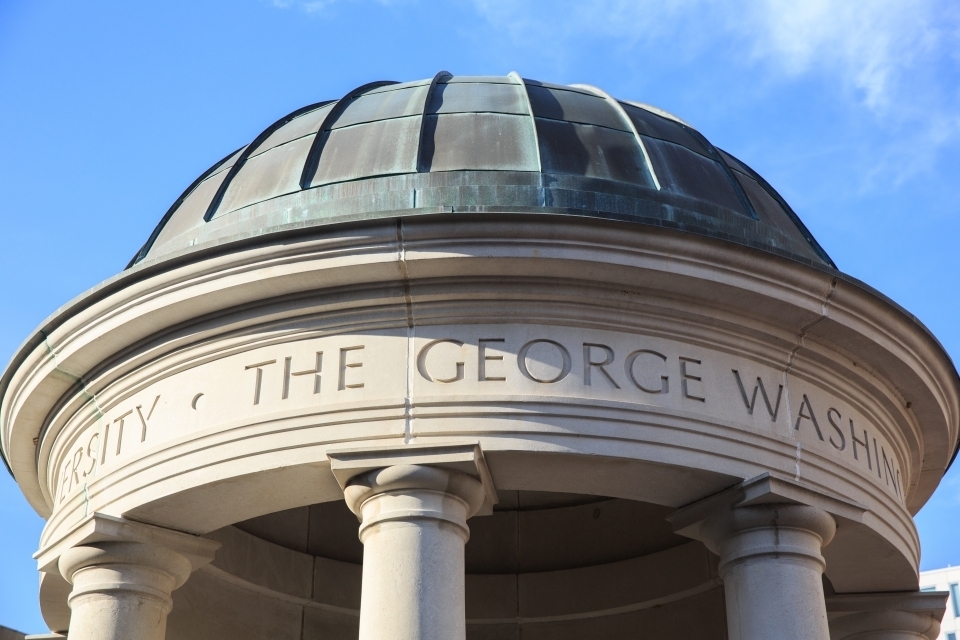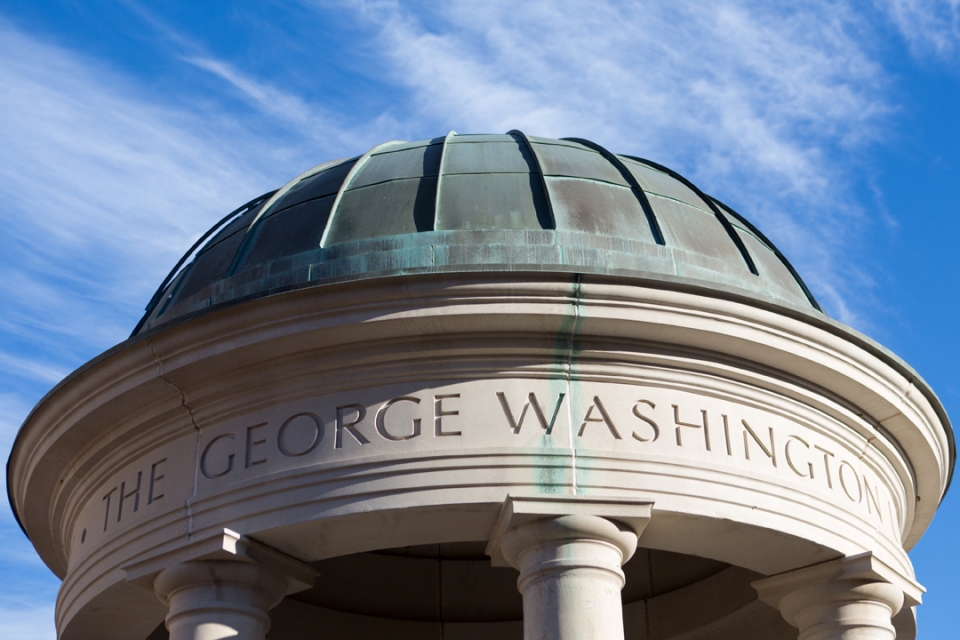The George Washington University is reaching completion of the first phase of the major HVAC optimization it undertook last November, wrapping up a $2.4 million upgrade of eight residential halls to align the buildings’ mechanical capacities with recommended COVID-19 and other safety guidelines.
The university also has stepped up its COVID-19 testing capacity by introducing self-swabbing and by “pooling” multiple samples for simultaneous testing, allowing more people to be tested and their results to be analyzed faster. Both represent milestones as GW prepares to reopen its campuses to the fullest extent possible this fall.
“As our understanding of best practices around COVID-19 has evolved, we’ve been slowly but surely adding to our on-campus cohort—this semester we added approximately another 1,000 residential students, and at the same time we’ve added additional in-person classes and increased our on-campus research,” said Scott Burnotes, vice president for safety and facilities. “So we’re putting the tools in place to support a continued increase.”
In the next phase of optimization, GW will implement upgrades in seven academic buildings—Ames Hall, Building GG, Discovery Hall, Enterprise Hall, Phillips Hall, Rome Hall and Smith Hall of Art and one residence hall – Amsterdam Hall—to prepare them for increased occupancy.
This optimization is not just in response to COVID-19, Mr. Burnotes said, since all campus buildings already underwent evaluation and modification to support social distancing and mask-wearing in the summer of 2020. Rather, it accomplishes other facilities priorities and takes care of disruptive maintenance while many students are off campus.
“In addition to the HVAC assessments, we’re evaluating the conditions of all our buildings and their short and long term maintenance needs—everything from domestic water lines to electricity, windows, roofs, fire alarms and elevators, as well as interior finishes,” Mr. Burnotes said. “These more detailed facilities condition assessments are scheduled for completion at the end of February, which will help GW build a 10-year strategic investment plan to meet its goals of sustainability, accessibility and student experience.”
The university’s upgraded testing capacity, meanwhile, builds on the established cooperative testing structure between GW’s Milken Institute School of Public Health, the School of Medicine and Health Sciences, the Medical Faculty Associates and the School of Nursing.
In January, GW began self-collected PCR tests for asymptomatic testing at the Foggy Bottom campus, meaning testers swab their own noses at the test site. This move away from provider-collected testing reduces the amount of personal protective equipment (PPE) required by providers and also reduces the possibility of exposure between workers and test takers.
Provider-collected tests will continue to be administered at the Virginia Science and Technology Campus test center and for symptomatic testing at Shenkman Hall.
“The move to self-collected PCR tests for people who have no symptoms just makes good sense,” said Lynn R. Goldman, dean of the Milken Institute School of Public Health. “Do-it-yourself tests are easy, and they also help keep our health care providers safe.”
Meanwhile, the public health lab led by researchers from Milken SPH has introduced “pooling” of the samples it analyzes: Samples are initially analyzed in batches of four or five, and if a batch registers a positive COVID-19 result, the lab can re-run the component samples individually to figure out which one actually flagged the positive test. Since the vast majority of tests are negative, this allows a much higher volume of samples to be analyzed quickly and accurately.
“By introducing self-collected PCR tests and pooled samples, we have increased our testing capacity to help support safe in-person learning to the fullest extent possible this fall,” Dr. Goldman said.



